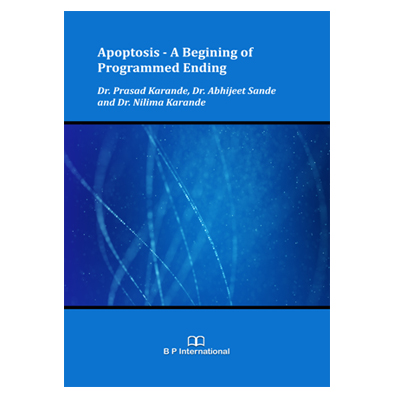“Apoptosis” is a funny word that is derived from the Latin meaning “to fall off”, like a leaf falls off a tree. And a leaf falls off a tree when it’s dead. And apoptosis refers to a process of what’s called programmed cell death where the cell is actually in a funny kind of way committing suicide. And when this happens, there’s a whole scripted choreography of pathways and proteins within a cell that get activated to actually kill the cell and without making too much of a mess. And this happens normally during development, for instance, in the development of the hand, that normally to begin with, the hand looks very much like a duck paddle foot and the webs between the fingers. Those cells apoptose, giving you the fingers. Too much apoptosis in an otherwise normal human being will result in a number of so-called neurodegenerative diseases where cells die when they’re not supposed to die. And they get messages from some place, most of which we don’t understand, to tell them to die, so in a certain part of the lower part of the brain, that’s what causes Parkinson’s disease. This also characterizes Huntington’s disease, and Alzheimer’s disease, and Lou Gehrig’s disease, and a number of other neurodegenerative diseases.The primary objective of this book is to provide a clear and updated exposition of an imperative science of apoptosis for the readers. Accordingly, it explains the basic process involved which ultimately results into programmed cell death.
Apoptosis – A Begining of Programmed Ending
Dr. Prasad Karande
Department of Oral Pathology and Microbiology, D. Y. Patil Dental School, Lohegaon, Pune, Maharastra, India.
Dr. Abhijeet Sande
Department of Oral Medicine and Radiology, D. Y. Patil Dental School, Lohegaon, Pune, Maharastra, India.
Dr. Nilima Karande
Department of Prosthodontics and Crown and Bridge, Y. C. Dental College and Hospital, Ahmednagar, Maharastra, India.
Book Details
| Editor | Dr. Prasad Karande |
|---|---|
| Pages | 35 |
| Publisher | B P International |
| Language | English |
| ISBN-13 (15) | 978-81-19102-59-4 (Print) |
| Published | March 23, 2023 |





